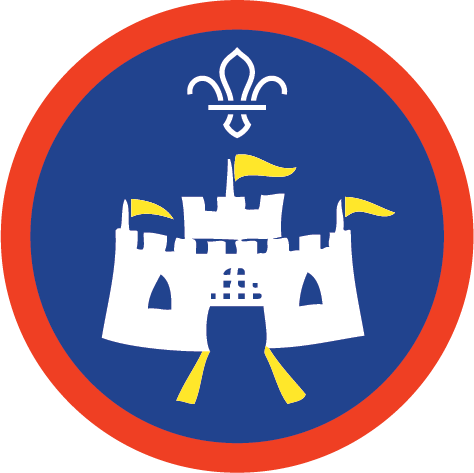Future cities
You’ll need
- Glue sticks
- Pens or pencils
- A4 paper
- Clean items of recycling
- The person leading the activity should give everyone a copy of the first two pages of the ‘Urban scene’ sheets.
- Everyone should look for potential hazards and identify anyone who might need extra support in a power cut.
- The person leading the activity should remind everyone about the Priority Services Register, which exists to support people who would be most affected by power cuts.
- Everyone should design their own city on the plain paper. They should try to eliminate the hazards they identified in step two. What advice could they give to keep everyone safe?
- Everyone should think about the services in their city. Which are priority support services? What may they need to think about in the future? For example, they could use solar panels for energy.
- Everyone should think about how their city will be an improvement on what exists already. For example, will there be fewer shops? How will people travel? Perhaps there’ll be more charging points for electric cars, or even eco-friendly flying buses!
- Everyone should use the clean recycling to model at least part of their city.
- Everyone should come back together and share their models. What changes have they made to improve their city?
- Everyone should take their models apart so the recycling can be recycled.
Reflection
This activity was about being responsible. How did people do the right thing with your design? How can people be trustworthy with things like energy use? Responsible designers think about the needs of everyone. How could people make their future city even more accessible or environmentally friendly?
This activity was also about helping the community. Who’s most affected by power cuts? People might think about groups such as people who rely on medical equipment, people who have children under five in their household, or people who need refrigerated medicines. Why is it important that these people have access to priority services?
Safety
All activities must be safely managed. You must complete a thorough risk assessment and take appropriate steps to reduce risk. Use the safety checklist to help you plan and risk assess your activity. Always get approval for the activity, and have suitable supervision and an InTouch process.
- Scissors
Supervise young people appropriately when they’re using scissors. Store all sharp objects securely, out of the reach of young people.
- Glue and solvents
Always supervise young people appropriately when they’re using glue and solvent products. Make sure there’s plenty of ventilation. Be aware of any medical conditions that could be affected by glue or solvent use and make adjustments as needed.
- Rubbish and recycling
All items should be clean and suitable for this activity.
- People could build villages or towns instead of cities.
- Why not think about how far in the future your city is? Things might look quite different in 10 years but very different in 50 years.
Make it accessible
All Scout activities should be inclusive and accessible.
